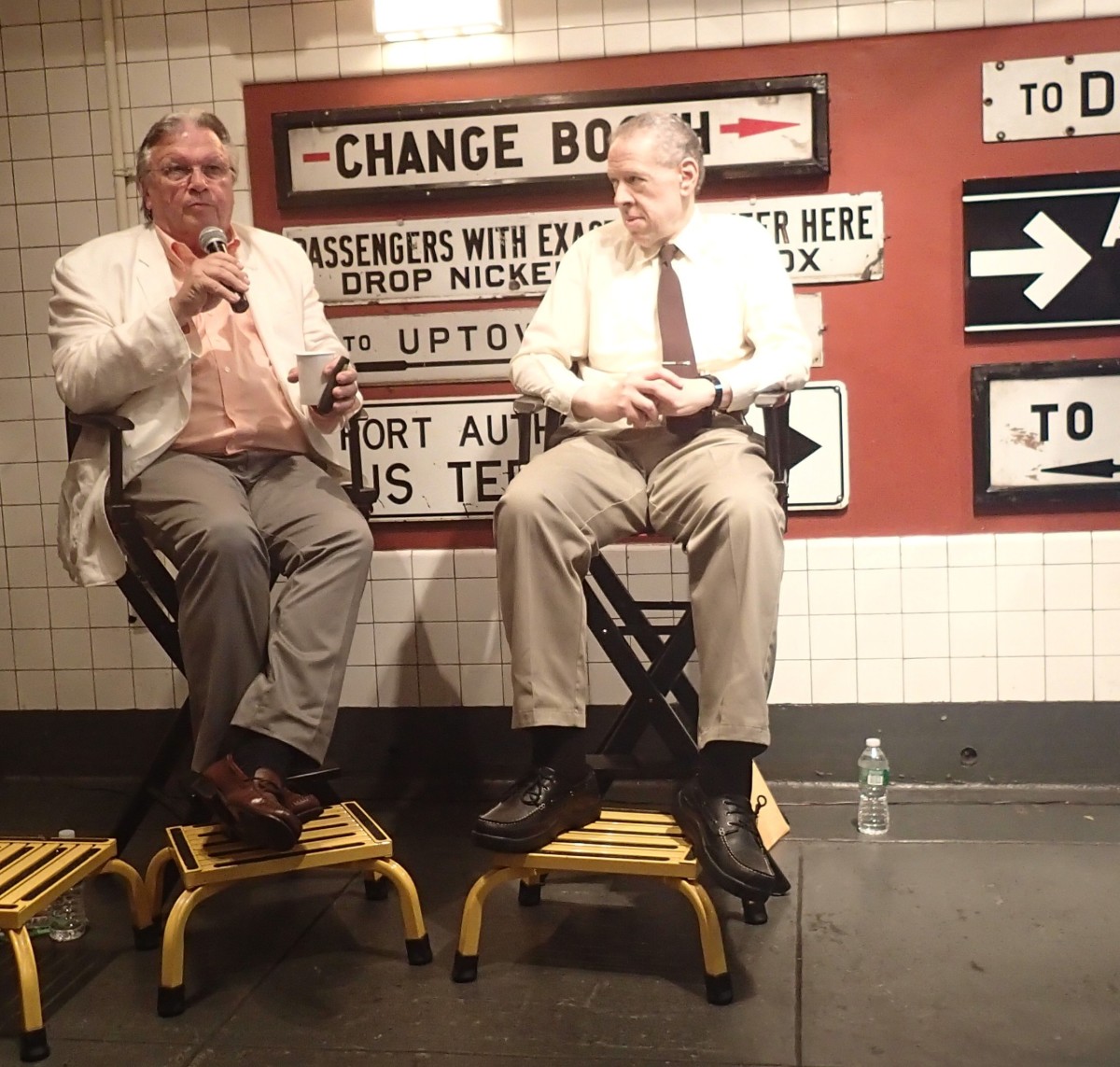In summer, lots of New Yorkers take the roaring subway down Brooklyn’s Fourth Avenue, and head to the beach at Coney Island. They’ve been doing it for a century.
June 2015 marks the 100-year anniversary of the subway line that carries the D, N and R trains. In 1915, people willing to escape the heat could for the first time reach the beach directly, in 40 minutes from Chambers Street.
“Coney Island was the working man’s paradise,” said James Greller, who works in transportation planning for the Hudson County Improvement Authority.
Even before this express line directly connected Manhattan to Coney Island, Greller said that “a hundred thousand people” would go there on Sundays, commuting several times, including by boat and steam train. “People didn’t have air conditioning, everybody fled the city in those days,” said Joseph Cunningham, an engineering historian.
The innovation behind this new subway line, Cunningham said, was the wider dimensions, featuring 67-foot-long steel subway cars. Also by 1915, the Brooklyn Rapid Transit Company (BRT), the company responsible for the train’s operations, had started an automatic signaling system.
“One man could operate the entire car, he could change the direction of the car and all the lights would change automatically,” said Greller.
The subway had also become more resilient. Some of the cars that started operating in 1915 remained in service until the 1970s, said Greller. “They were built to last,” said Brett Dion, who works as a registrar at the New York Transit Museum, which held a birthday celebration for the Fourth Avenue Line earlier this week. “They were very heavy cars, so that must have been product of the steel they were using.”
With this new route, Brooklynites had a new way to go to Manhattan, especially to the lower parts of the island, where “so much of business was centered,” Dion said. One of the goals of BRT at that time was “really to increase the traffic from Brooklyn to Manhattan,” Dion said.
“You would not have the development of Brooklyn without the development of its subway system,” Greller said. “You just wouldn’t have it.”
And for that, as Brooklyn’s new economy continues to take shape, we tip our caps.
Join our growing Slack community
Join 5,000 tech professionals and entrepreneurs in our community Slack today!
Donate to the Journalism Fund
Your support powers our independent journalism. Unlike most business-media outlets, we don’t have a paywall. Instead, we count on your personal and organizational contributions.


